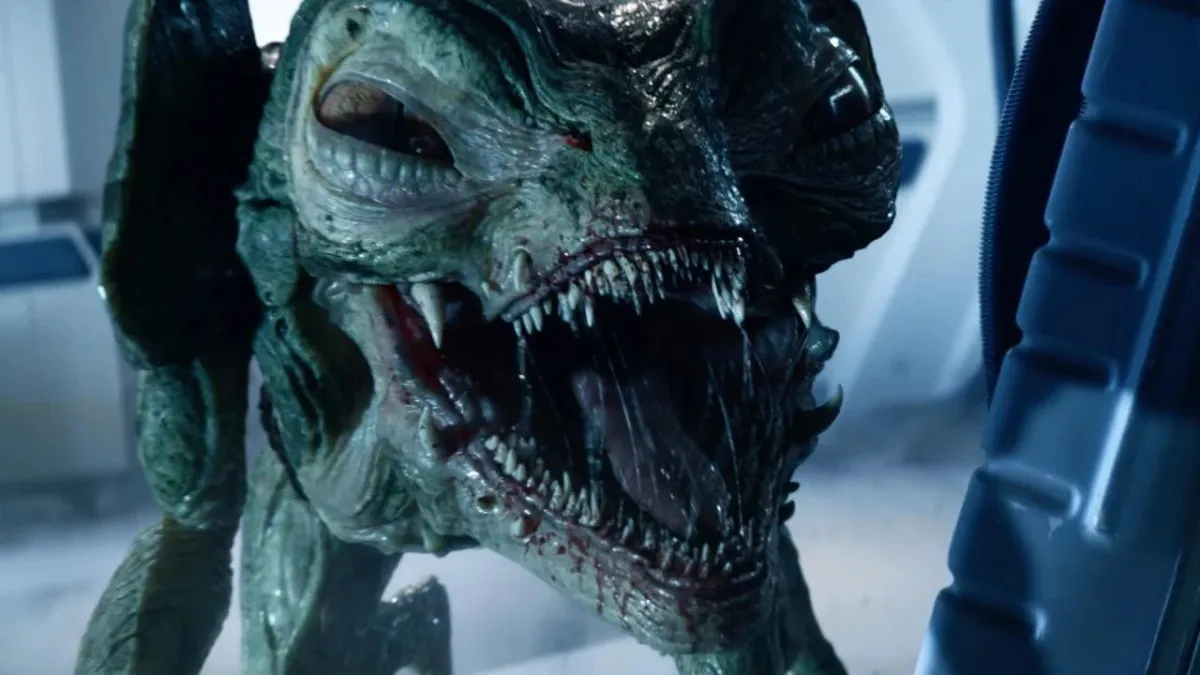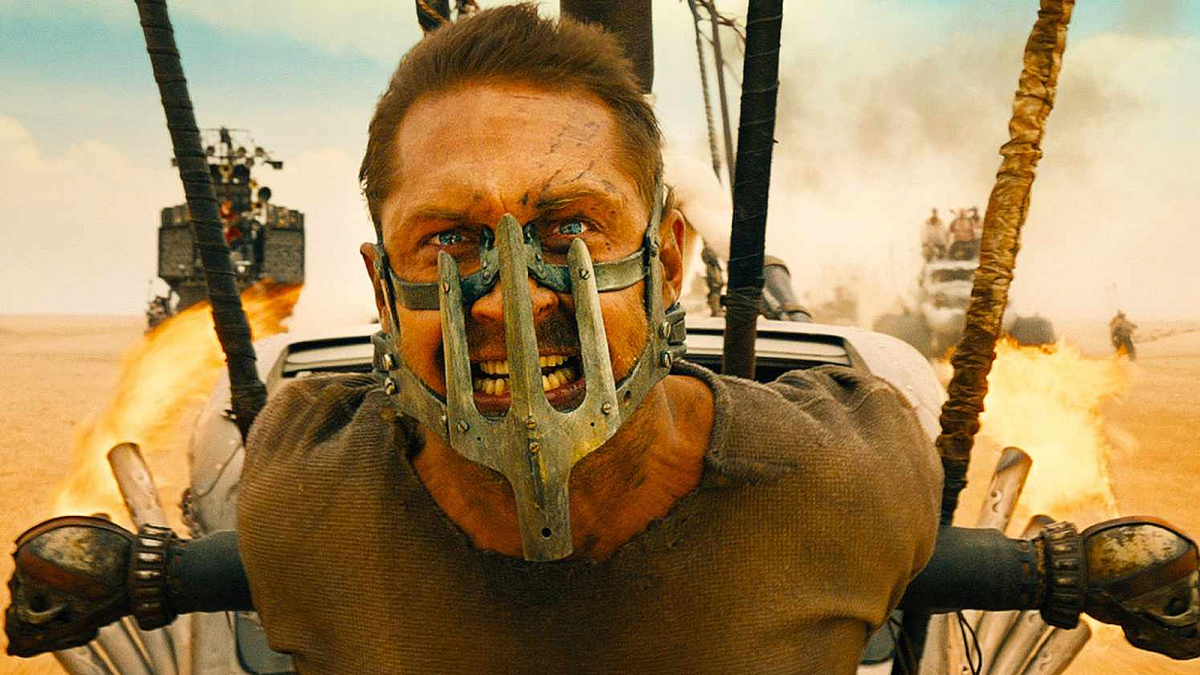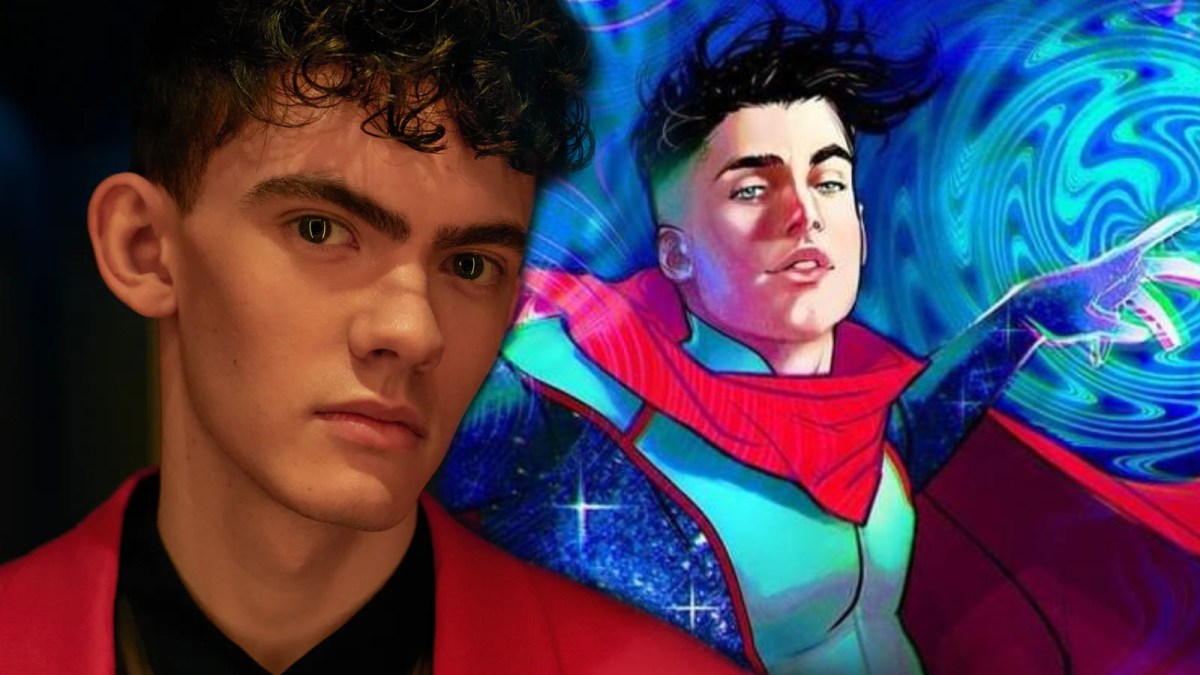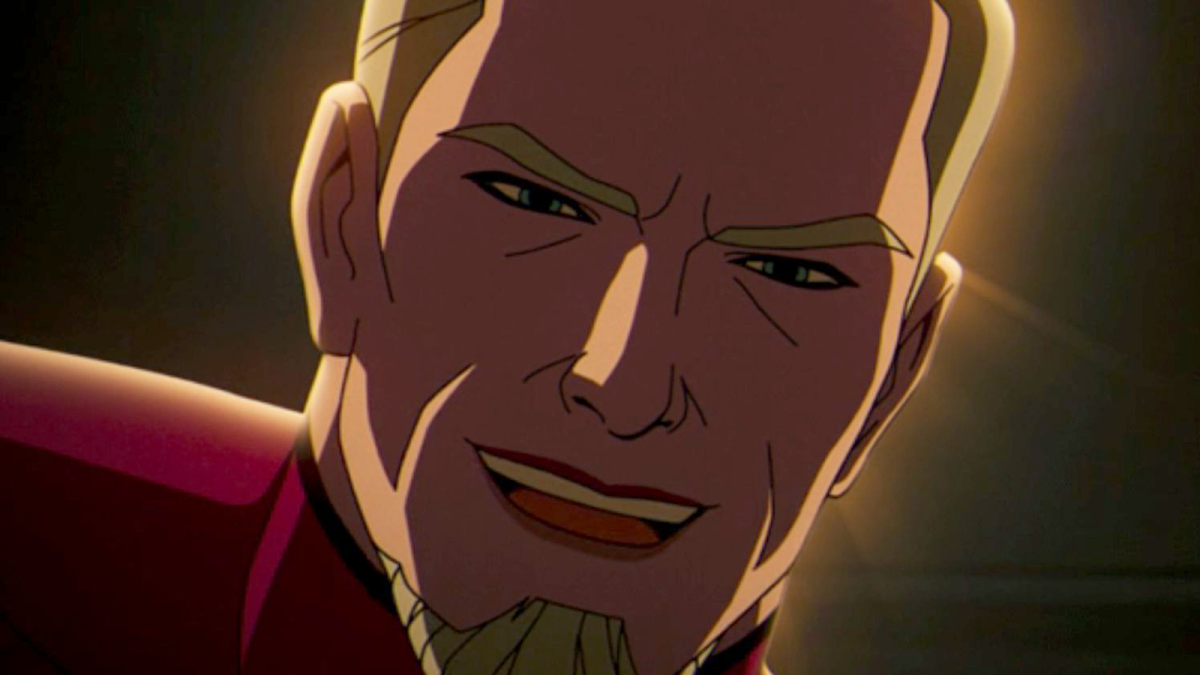The second season of Star Trek: Strange New Worlds came to a close with “Hegemony,” a season finale that ended with a classic Star Trek cliffhanger.
If nothing else, the episode cements the Gorn as Strange New Worlds’ primary antagonists. Although those reptilian aliens debuted in the classic Star Trek episode “Arena,” they have only appeared fleetingly since then, most notably in the Enterprise two-parter “In a Mirror, Darkly.” Nevertheless, like the Tholians from “The Tholian Web,” the Gorn are a striking and memorable alien design, and so have popped up frequently in a variety of non-canon material, from video games to advertisements.
Most Star Trek shows tend to have one or two alien species that they focus on as a potential antagonist. These are often new species, but they can also be an underdeveloped race from an earlier show. The original Star Trek had the Romulans and the Klingons. The Next Generation had the Ferengi and the Borg. Deep Space Nine had the Cardassians and the Dominion. Voyager had the Kazon. Enterprise had the Suliban and the Xindi.
Owing to the franchise’s general trend towards nostalgia, the newer shows don’t tend to focus as much on new aliens. Discovery returned to the Klingons. Picard focused on the Romulans and the Borg. Lower Decks pulled something of a deep cut with the Pakleds, a much-maligned alien menace that had only really been the focus of a single (bad) episode of The Next Generation, “Samaritan Snare.” To its credit, Prodigy introduced its own new species, the Vau N’Akat.
Strange New Worlds has chosen the Gorn as their alien focal point. The Gorn served as the antagonists of two separate first season episodes, “Memento Mori” and “All Those Who Wander.” In the second season, the show has repeatedly suggested that a cold war is brewing between the Federation and the Gorn, as reflected in the closing scenes of “The Broken Circle” and in the building of Starfleet infrastructure in “Lost in Translation.”
Strange New Worlds places great emphasis on the Gorn. La’an Noonien-Singh (Christina Chong) has a traumatic backstory tied to her unlikely survival on “a Gorn breeding planet.” More than that, the cliffhanger ending of “Hegemony” is obviously structured to evoke “The Best of Both Worlds,” a choice that draws an implicit comparison between the Borg on The Next Generation and the Gorn on Strange New Worlds. Those are some sizable shoes to fill.
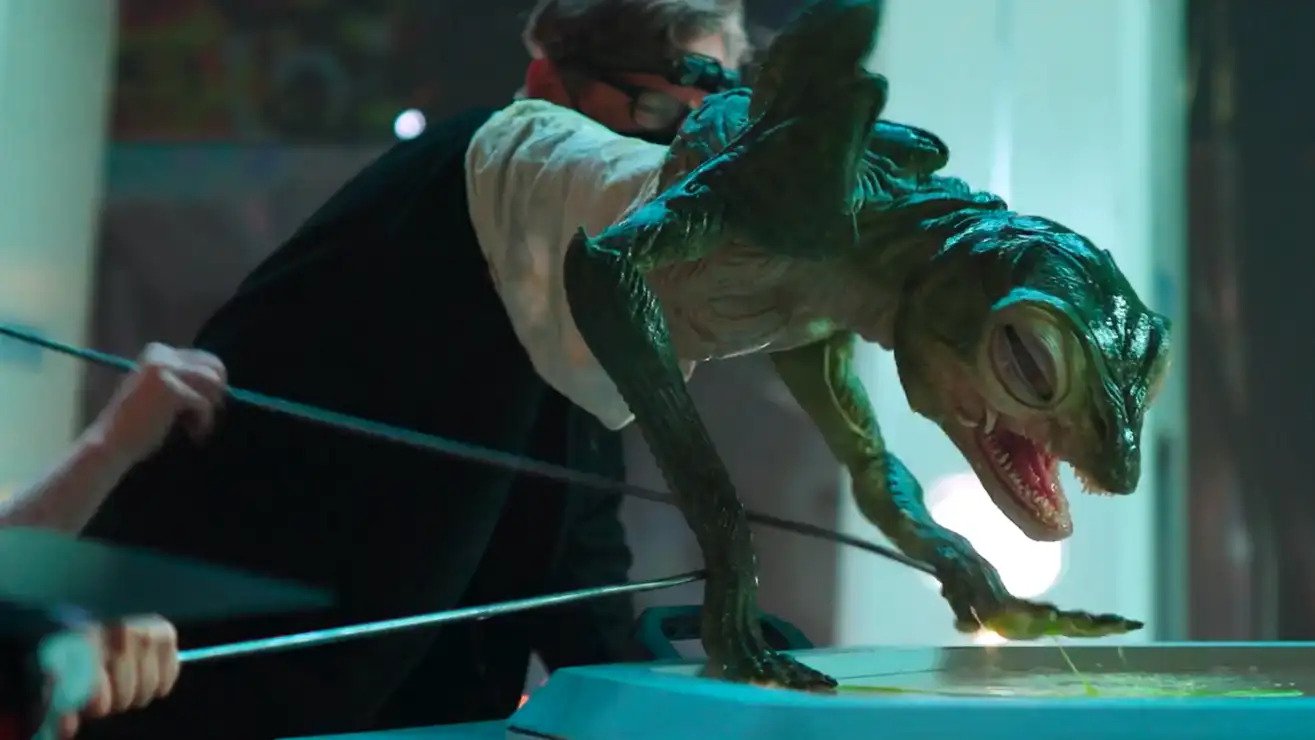
With all of that in mind, there is still one lingering question that remains unanswered two full seasons into Strange New Worlds: what exactly do the Gorn represent? They are undoubtedly a cool visual. The show works hard to build them into a credible threat. They are perhaps even genuinely scary. However, what exactly is the show using them to say? What is the point of the Gorn? What function do they serve beyond providing an antagonist for the heroes to overcome?
On Star Trek, alien species almost always represent something. They are metaphors for some underlying anxiety or uncertainty, a way for the franchise to make some commentary about the state of the world. Sometimes, they can be stand-ins for a particular group or nation. The Klingons were obviously created as an expression of anxieties over the growing influence of Communist China, to the point that the script for their first appearance describes them as “Oriental, hard-faced.”
Sometimes the metaphors were more abstract. The Romulans were always more hazily-defined than the Klingons, coded as “the Roman Empire in space.” However, the original Star Trek was populated with a number of evil societies modeled on the Roman Empire, such as the Terran Empire in “Mirror, Mirror” or Planet 892-IV in “Bread and Circuses.” These depictions arrived at a point in time when America was working through its own imperial anxieties, likening itself to Rome in decline.
The spin-off shows adopted a similar approach. On The Next Generation, the Ferengi were introduced as monstrous capitalists, albeit with some uncomfortable subtext. The Borg were initially positioned as a metaphor for the horrors of communism, and after the Cold War ended the fragmenting of the Collective in episodes like “Descent,” “Unity,” and “Unimatrix Zero” played as metaphors for the challenges facing the countries that had emerged from the fractured Soviet Union.
These aliens don’t have to map on to any real-world entity. On Deep Space Nine, the threats tended to be more abstract ideas, unsettling political philosophies manifested. The Cardassians represented a totalitarian and fascist worldview. The Dominion were a mirror of the Federation, down to their smooth-skinned leaders and their ambiguously psychic pointed-eared administrators, reimagining the central political alliance of the Star Trek universe as a monstrous and oppressive force.
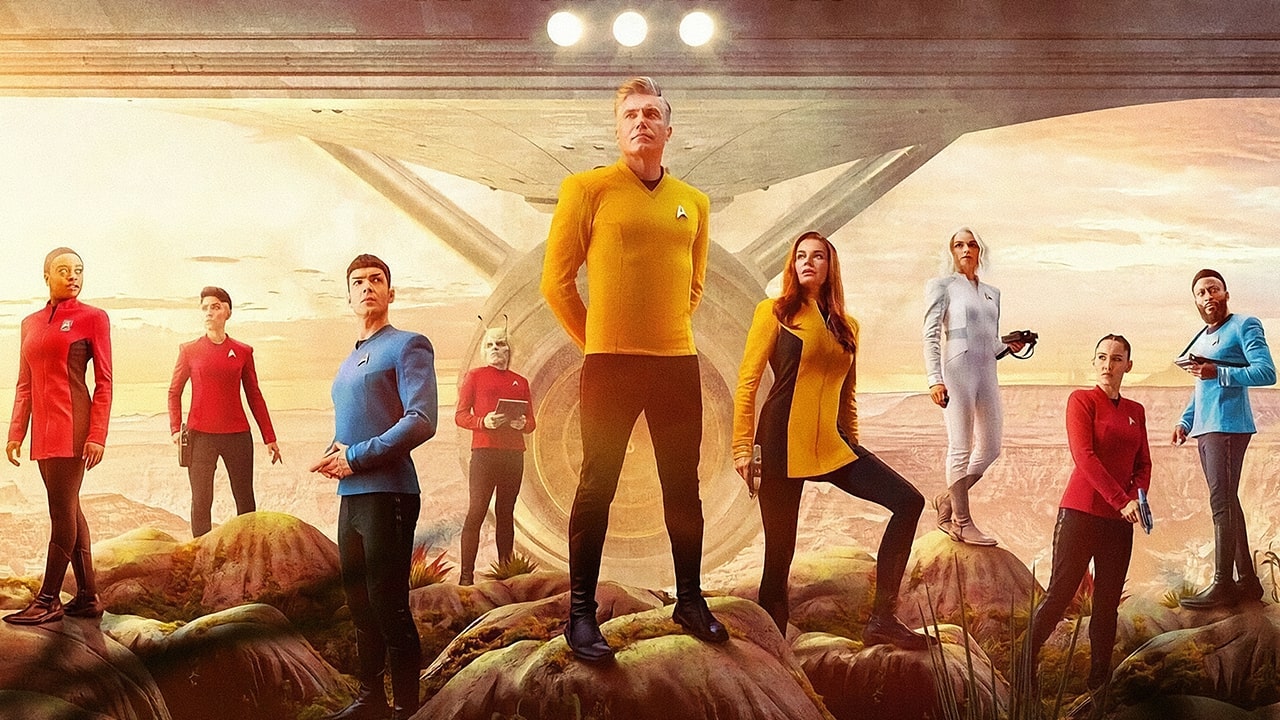
Of course, this approach didn’t always age well. During the early seasons of Voyager, the Kazon were intended as a commentary on gang violence in Los Angeles, to the point that early story documents referred to them as the “Bloods” and the “Crips.” This subtext here is horrendously ill-judged, even before subsequent revelations that the Kazon were once an enslaved people who reacted to their freedom by unleashing a wave of lawlessness across the Delta Quadrant.
This is how Star Trek has always worked. Even minor races can frequently be read as allegories. On Voyager, the Vidiians provided a way for the show to engage with the AIDS epidemic while the Malon could be used to make environmental commentary. On Enterprise, the Suliban served as a metaphor for Middle Easterners caught in the midst of the War on Terror and the Xindi were another mirror of the Federation, an alliance of different races proving the enemy is not so different.
These meanings weren’t always fixed. They could shift. These alien species could mean different things at different points across the franchise’s long history. The Klingons went from representing Communist China during the original Star Trek to embodying the détente-era Soviet Union in Star Trek VI: The Undiscovered Country. By Enterprise, the Klingons had been repurposed as a metaphor for American foreign policy hawks. Discovery used them as a stand-in for ethno-nationalists.
Strange New Worlds certainly has recurring thematic preoccupations. The show is fascinated by the idea of gender and performance, notably in episodes like “Spock Amok,” “Ad Astra Per Aspera,” “Charades,” and “Subspace Rhapsody.” The show also consciously exists in an era of political and social fragmentation. The show’s first episode played footage from the Capitol Riots, and this divide informs episodes like “Tomorrow and Tomorrow and Tomorrow” and “Among the Lotus Eaters.”
However, the Gorn don’t really fit into any of this. If anything, Strange New Worlds presents the Gorn as similar to the monsters from the Alien franchise, animals that act on instinct and “swarm” like “locusts” compelled by “coronal mass ejections.” Like those Xenomorphs, the Gorn plant their eggs inside other species, forcing them to birth “younglings.” In the Alien franchise, this is a metaphor for sexual assault. Strange New Worlds doesn’t lean into that reading.
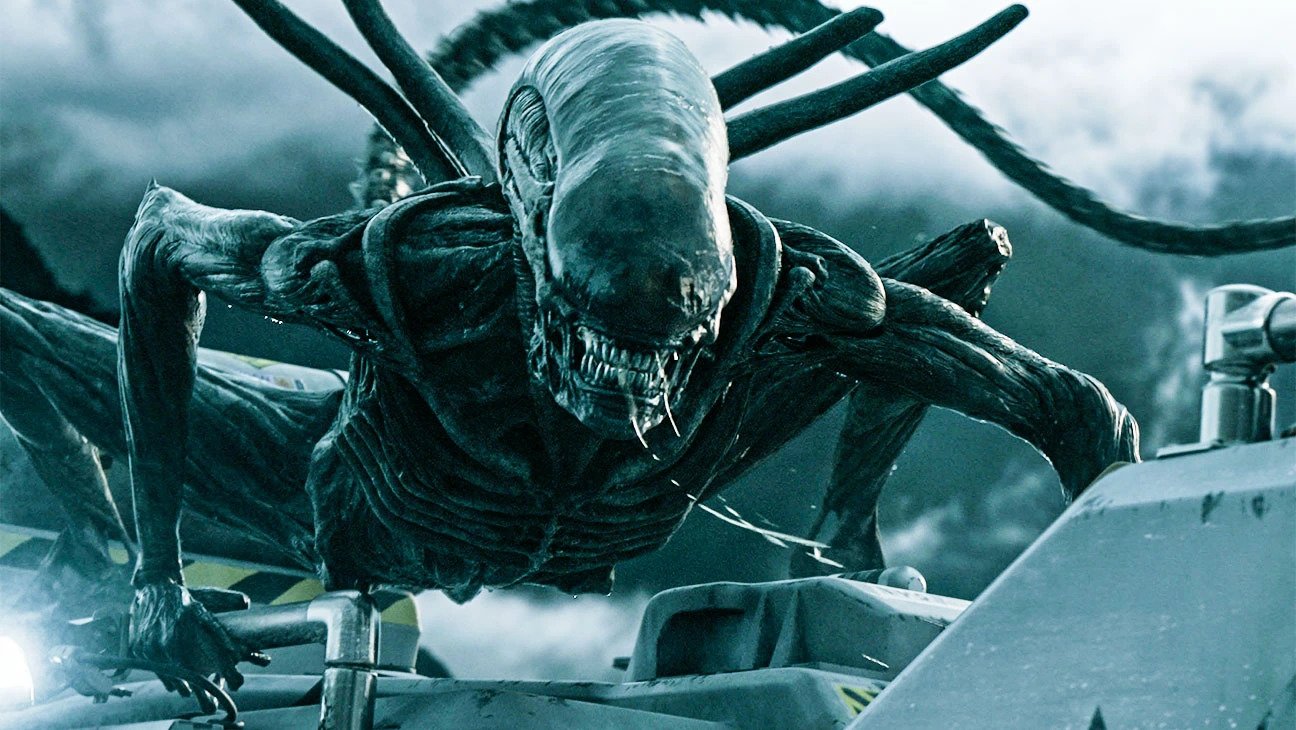
On Strange New Worlds, the Gorn seem to exist as a suitably monstrous enemy that the characters can kill without any moral qualms. Historically, the Star Trek franchise has tended to treat the loss of any life, however necessary, as regrettable. Deep Space Nine extended a great deal of sympathy to the death of Jem’Hadar soldiers in episodes like “Rocks and Shoals.” When the Dominion War turned Cardassia into a mass graveyard, the Starfleet officers were saddened by the carnage.
Strange New Worlds has no such hesitation. While characters like Christopher Pike (Anson Mount) and Robert April (Adrian Holmes) might pay lip service to the possibility of communicating with the Gorn, the show isn’t too preoccupied with the idea. “All Those Who Wander” celebrates the crew’s survival as they kill the Gorn stalking them. In “Hegemony,” Noonien-Singh ambushes and kills a Gorn youngling in the middle of the street, effectively executing a child. The Gorn don’t look humanoid, so the imagery isn’t as shocking.
The Gorn on Strange New Worlds seem to exist largely as a monstrous alien “other” for the crew to fight. It seems likely that the show is building to some revelation that the Gorn are “not so different,” recalling the ending of “Arena.” In classic Star Trek fashion, the crew will likely come to understand the Gorn. However, even ignoring the possibility that Strange New Worlds may take several seasons to reach a conclusion that “Arena” hit in 50 minutes, this still feels shallow. Twenty episodes in, it plays like an unironic take on Starship Troopers.
This lack of definition may be the point. Reflecting its preoccupation with the polarized and fractured modern moment, Strange New Worlds is obsessed with the idea of communication and how difficult it can be to understand one another. “Children of the Comet,” “Lost in Translation,” and “Subspace Rhapsody” are explicitly about communication signals and translations. “Under the Cloak of War” brings this theme down to a personal level, suggesting there is a limit to people’s capacity to understand one another.
At a time when it seems like many people living in the United States literally cannot understand one another, maybe the Gorn are a manifestation of that fear: the anxiety that there exist antagonistic forces with which there can be no reasoning or no compromise. However, if this is the argument that Strange New Worlds is making, advancing it through animalistic monsters somewhat undercuts the point. It projects that sense of alien disconnect onto a convenient externalized non-humanoid scapegoat.
As it stands, the Gorn lack any specificity. There is none of the detail that allowed aliens like the Klingons, Romulans, Cardassians, and eventually even the Ferengi to become franchise stalwarts. Two seasons into Strange New Worlds, the Gorn seem to be monstrous just for the sake of being monstrous. They don’t seem to say anything meaningful about the world in which Strange New Worlds exists, except that sometimes it’s nice to have giant reptile monsters to shoot.

